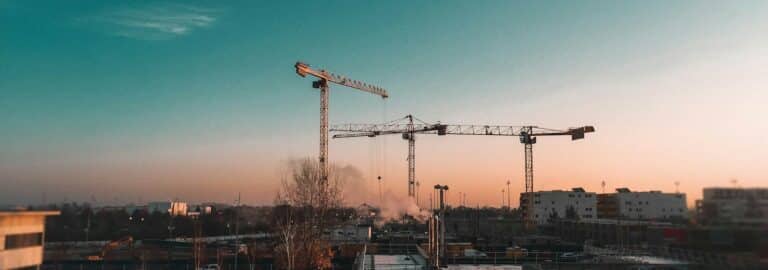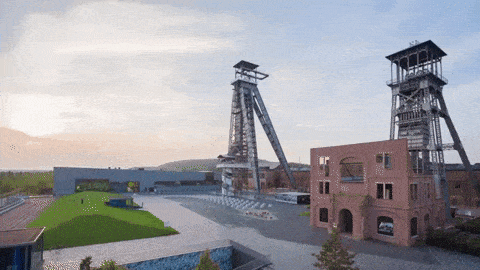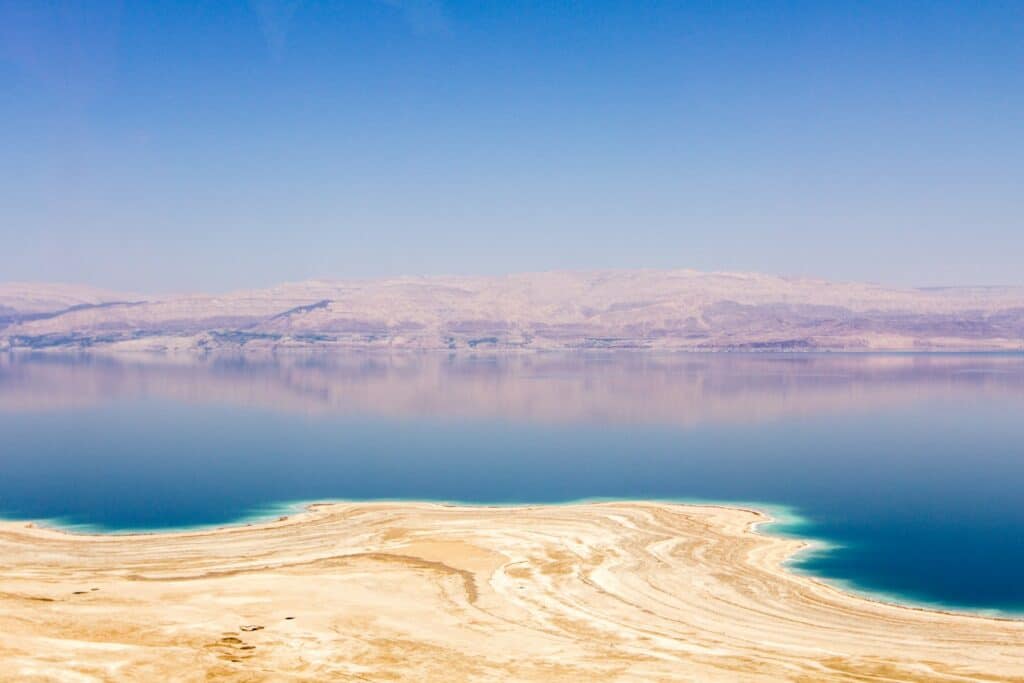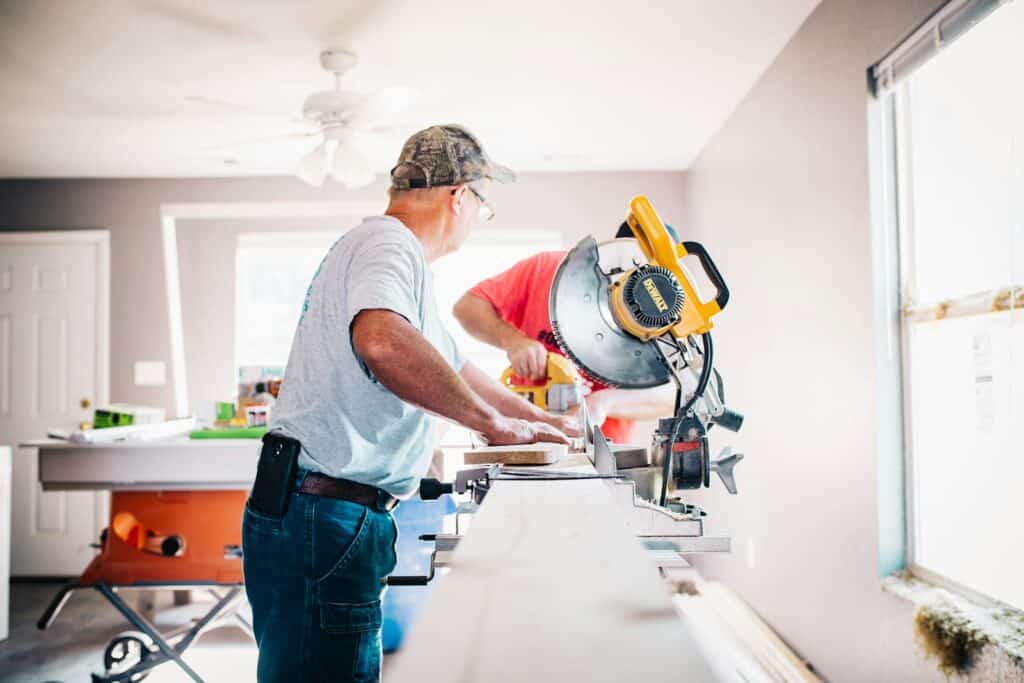One of the current trends in real estate and construction photography is known as time-lapse documentation of a project.
So what exactly is it, and how does it work? That’s what we’ll explore in the following overview:
What Is Time-Lapse?
The idea behind time-lapse is to document a process that can’t be observed continuously because it takes a long time to complete.
This could be something like the sprouting of a seed or the construction of a building.
This effect is achieved through accelerated photography.
Paradoxically, to create a fast-motion effect, you need to shoot less, not more. Let us explain:
In standard video, the camera captures 24 frames per second. That’s the number of frames needed to create smooth, real-time motion that our eyes and brain interpret as continuous.
To create the illusion of speed, you need to capture fewer frames.
How few? That depends on the process you want to document.
For a long construction project (say, a year and a half) that you want to condense into a 90-second video, it’s common to shoot one frame every 5 to 10 minutes.
At the end, all the frames—captured from the exact same angle—are compiled into a video showing the process in accelerated motion.
When more than one time-lapse camera is used on-site, the footage can be edited together to create a more dynamic visual.
So, How Does It Work?
No one is going to stand in the same spot for half a year and manually take one frame every ten minutes.
That’s why time-lapse documentation is done using specialized equipment that operates autonomously, according to pre-set intervals and remote control.
Time-lapse cameras must be extremely durable, capable of withstanding harsh and changing weather conditions, dust, and the general impact of activity on a construction site.
Beyond the photography gear itself, the key to a successful time-lapse video lies in camera placement (or multiple cameras, as is standard in professional setups) and frame composition.
This involves a double challenge—both artistic and logistical.
On the artistic side, the frame needs to be balanced and showcase the most striking and iconic aspect of the building.
Logistically, you need a spot that allows for secure mounting, where the camera can’t be tampered with or stolen.
Do It Yourself or Call in the Experts?
In principle, if you have the right equipment, nothing is stopping you from shooting your time-lapse videos.
Many amateur photographers use the technique to document various processes.
However, to capture time-lapse over a period longer than a few minutes, you’ll need a dedicated time-lapse camera (or a programmable camera that can shoot at fixed intervals). These are available for purchase.
But when it comes to professional documentation of buildings for commercial purposes (like marketing real estate), it’s strongly advised not to improvise.
Instead, you should contact a photography studio specializing in time-lapse, like us—one that can deliver secure, intelligent mounting solutions and full professional service.







